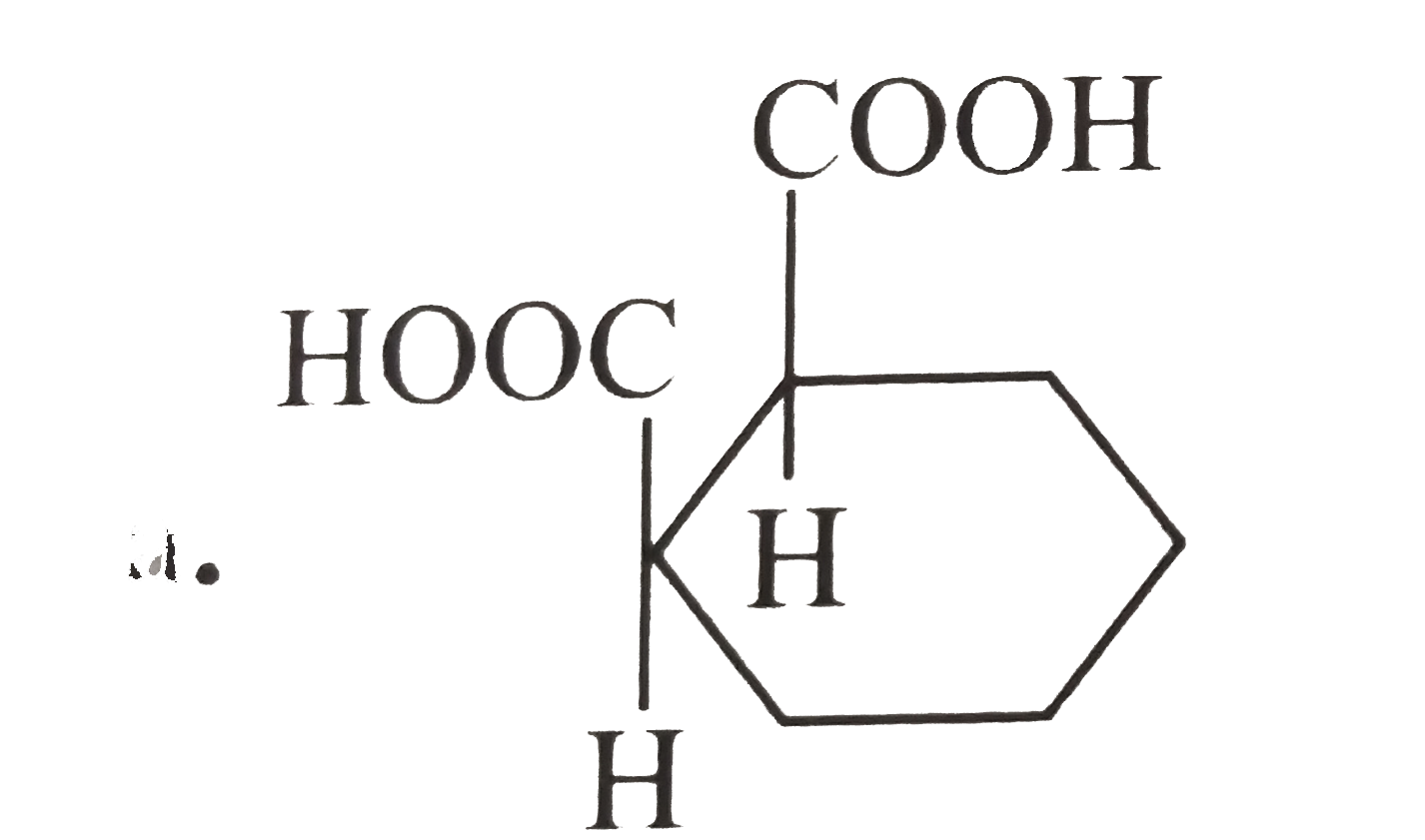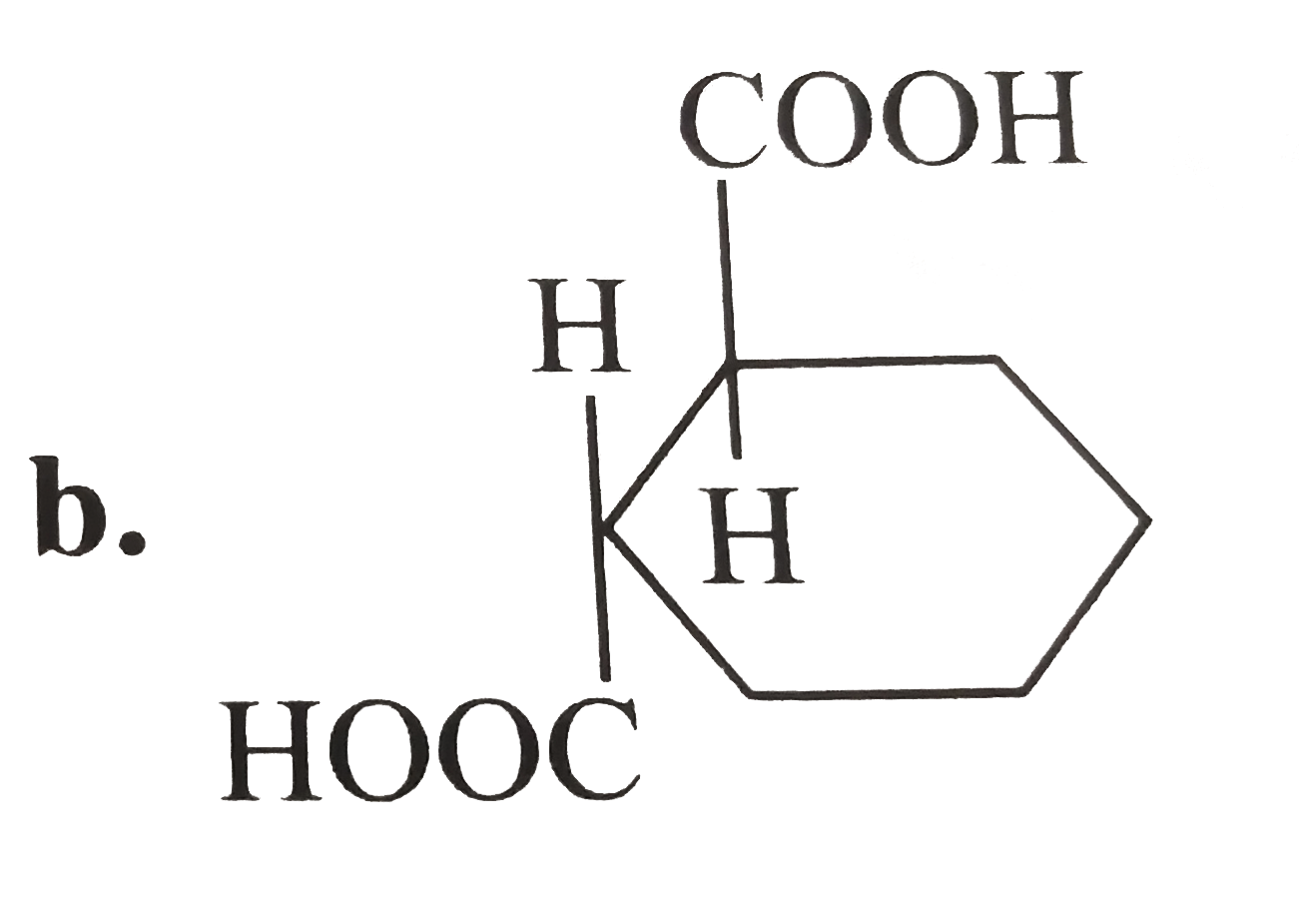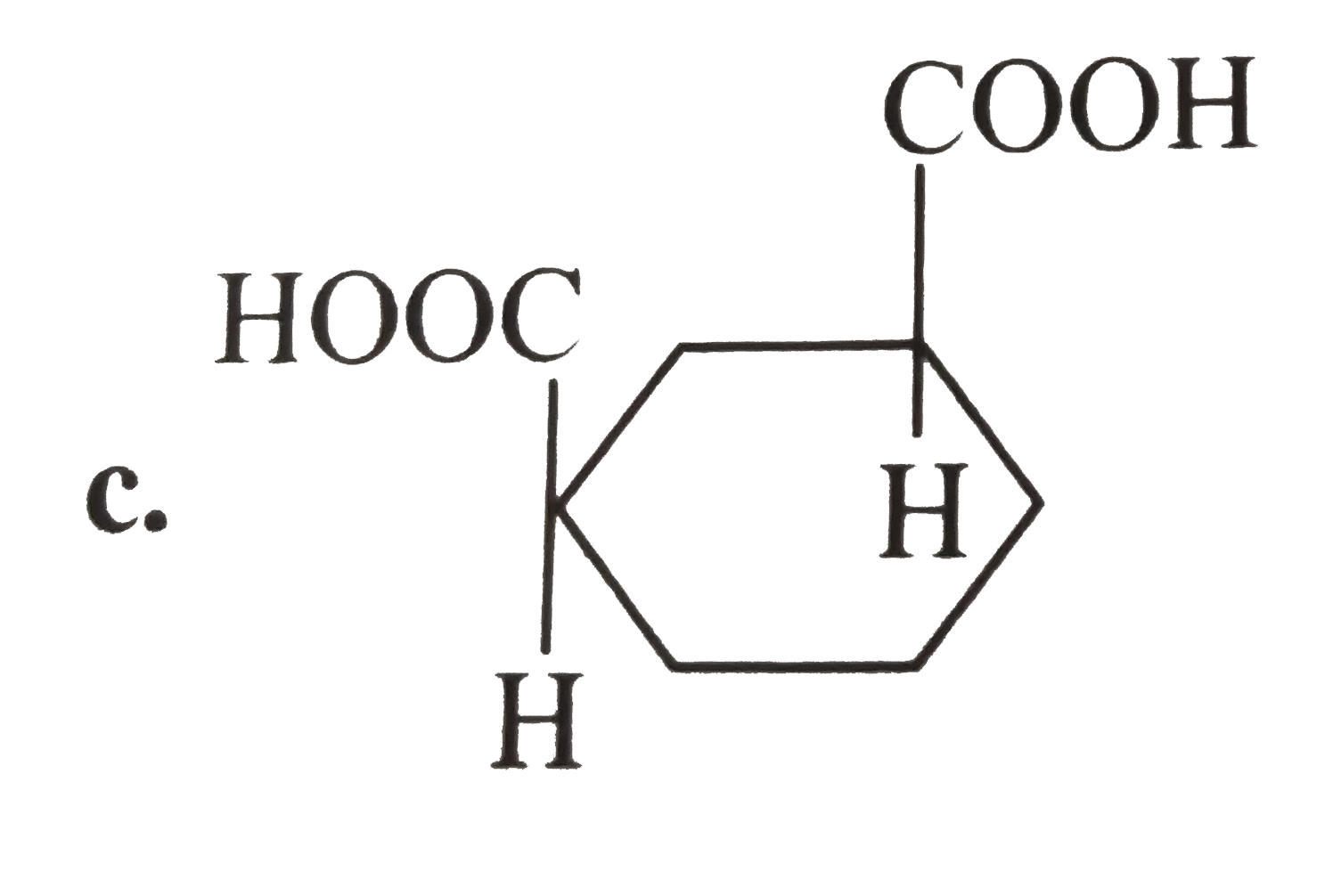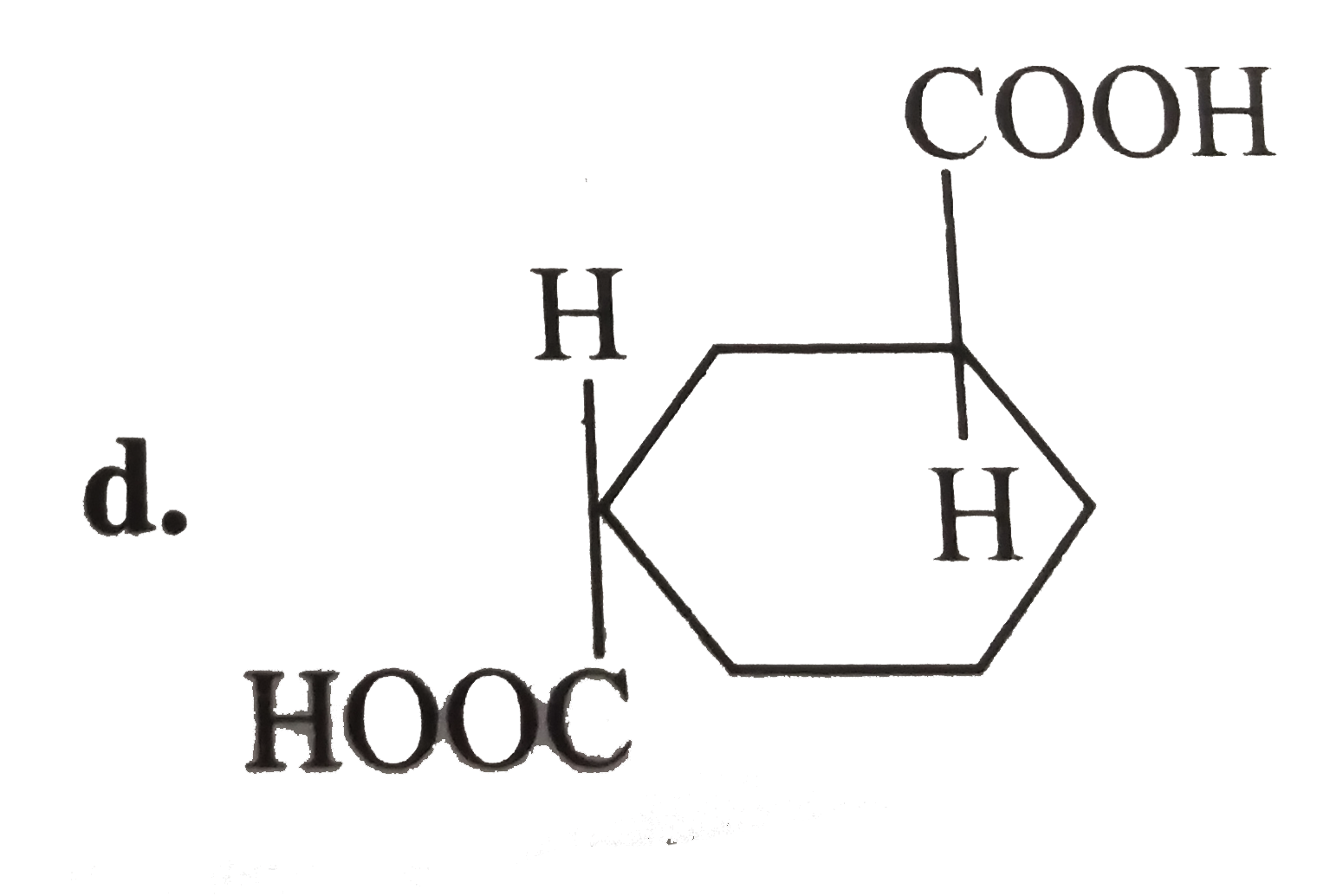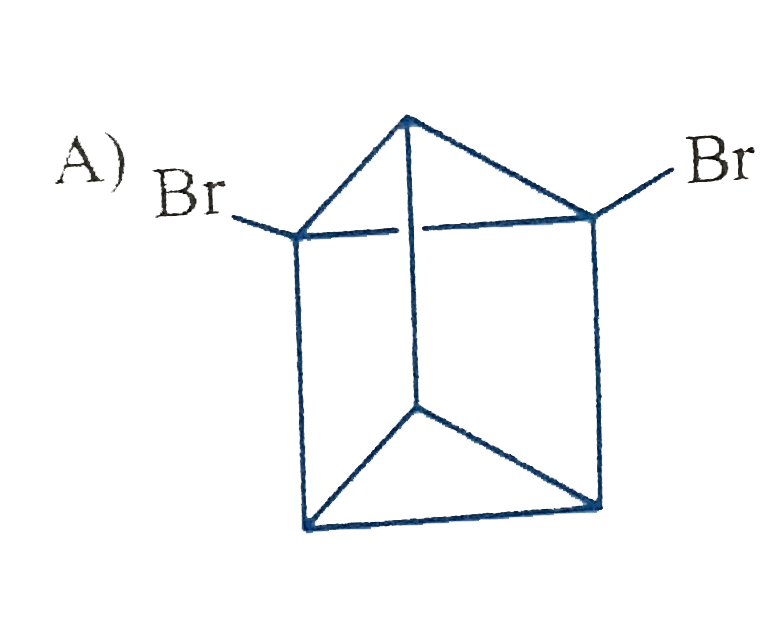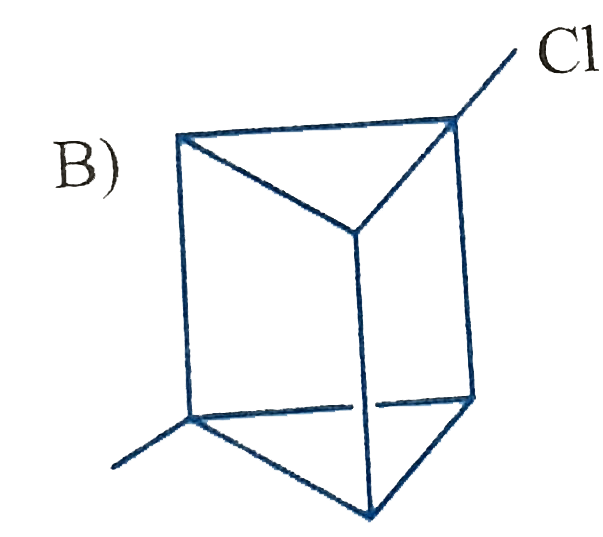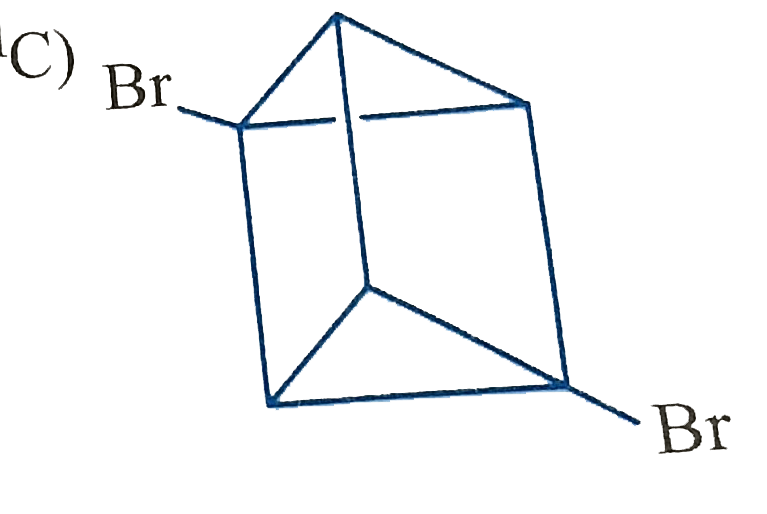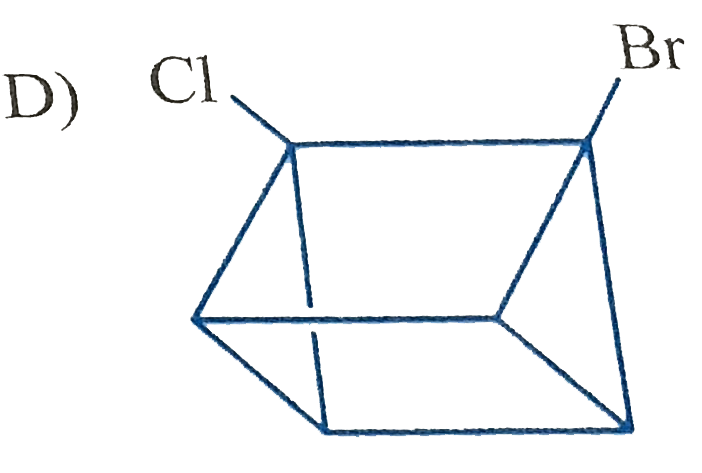A
B
C
D
Text Solution
AI Generated Solution
The correct Answer is:
|
Topper's Solved these Questions
COORDINATION COMPOUNDS
A2Z|Exercise Wemer Theory And Vbt|42 VideosView PlaylistCOORDINATION COMPOUNDS
A2Z|Exercise Crystal Field Theory (Cft)|16 VideosView PlaylistCOORDINATION COMPOUNDS
A2Z|Exercise Structural Isomerism|31 VideosView PlaylistCHEMICAL KINETICS
A2Z|Exercise Section D - Chapter End Test|30 VideosView PlaylistELECTROCHEMISTRY
A2Z|Exercise Section D - Chapter End Test|30 VideosView Playlist
Similar Questions
Explore conceptually related problems
Knowledge Check
A
B
C
D
Submit
A
B
C
D
Submit
A
B
C
D
Submit
Similar Questions
Explore conceptually related problems
A2Z-COORDINATION COMPOUNDS-Optical Isomerism
- Which of the following is not optically active?
02:31
|
Playing Now - Which of the following types of octahedral complexes does not show opt...
Text Solution
|
Play - Type of isomerism which is shown by [PtCl2Br2]^(2-) is also observed i...
04:11
|
Play - Which of the following statements is not true about the complex ion [P...
04:42
|
Play - Tris (ethylenediamine) cobalt (III) cation, [Co(en)3]^(3+), can have
Text Solution
|
Play - Which one of the following complexes exhibit chirality?
Text Solution
|
Play - Which of the following complex will show optical activity?
Text Solution
|
Play - Which of the following is considered to be an anticancer species ?
01:04
|
Play - [Co(en)3]^(3+) ion is expected to show
01:27
|
Play - In which case racemic mixture is obtained on mixing its mirror images ...
04:54
|
Play - The complex that exists as a pair of enantiomers is
04:49
|
Play - Which of the following complexes exhibit optical isomerism?
05:27
|
Play - The complex shown below can exhibit
03:10
|
Play - Which of the following has the largest number of isomers? .
05:49
|
Play - Which of the following will show optical isomerism? .
02:24
|
Play - Which of the folloiwng complexes in not expected to exhibit optical is...
03:55
|
Play - Which of the following has an optical isomer? (en=ethylenediamine) ?
05:10
|
Play - Which of the following has an optical isomer?
05:21
|
Play - The number of isomeric forms in which [Co(NH3)4Cl2]^(+) ion can occur ...
02:55
|
Play - The phenomenon of optical activity will be shown by:
02:44
|
Play
